Odds are you tie at least one knot every day when you leave the house and tie your shoe. However, most people are at a loss when it comes to more complicated knots. While some knots are specific to certain tasks or hobbies, others prove useful in various situations. In this article, you will learn six of the most useful knots and how to tie them. That way, you will be prepared the next time you need to secure a load or rappel down a cliff.
Contents
The Value Of Learning Knot Tying
There are many different knots used for various purposes, from tying shoelaces to anchoring a boat. While some knots are more complicated, the basic principles are the same. Therefore, learning how to tie knots is a valuable skill that can be useful in many different situations. For example, knot tying can be used to secure a truck or trailer load or create a makeshift stretcher in an emergency. Knots can also be used for fishing, climbing, and camping. In addition to being practical, knot tying can be satisfying and therapeutic. The act of concentrating on creating a specific pattern can help to calm and focus the mind. For these reasons, learning how to tie knots is an activity that is well worth the effort.
The Square Knot
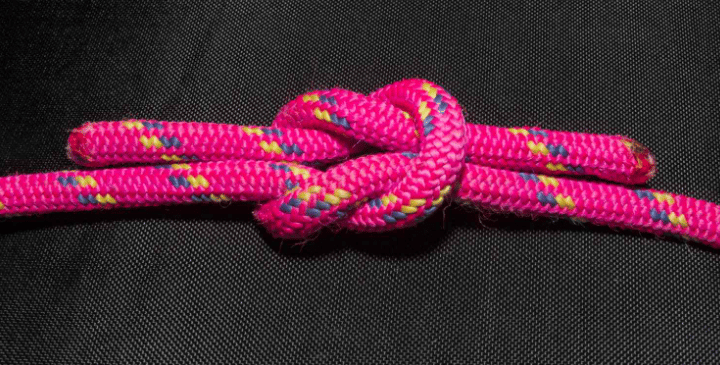
The square knot is a versatile and useful knot that can be used for various purposes. For example, it’s often used to tie two ropes together but can also be used to secure a load or make a loop in a rope. The key to tying a square knot is to ensure that the ends of the rope are positioned correctly before pulling tight – otherwise, the knot will quickly come undone. To tie a square knot, start by holding the two ends of the rope in your left hand. Then take the end of one rope and thread it over the other. Next, take the end of the second rope and thread it over the first rope. Finally, pull on both ends of the ropes until the knot is tight. Once you’ve mastered the basic technique, you can experiment with different variations to suit your needs.
Bowline Knot
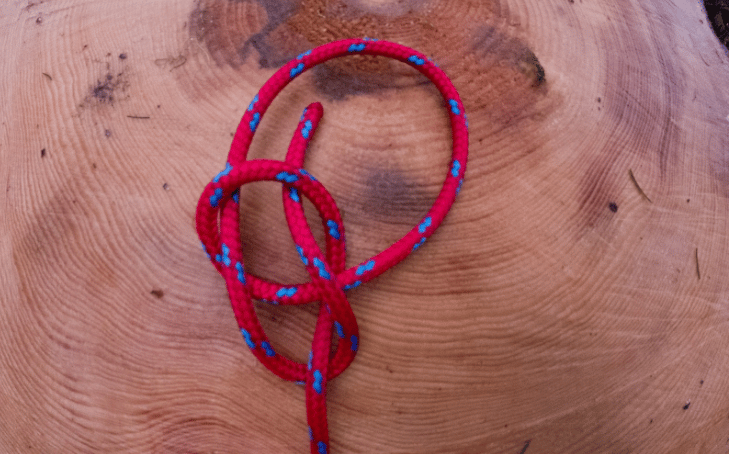
The bowline knot is most useful for both nautical and terrestrial applications. It can be used to tie a line to a ring or post or to secure a loop at the end of a rope. The bowline knot is relatively easy to tie and can be undone quickly if necessary. To tie a bowline knot, make a small loop at the rope’s end. Next, take the rope’s working end and pass it around the standing part, making a second loop. Then, pass the working end through both loops and pull tight. The finished knot should resemble a loop of rope with a close-fitting “noose” around the standing part. With a little practice, tying a bowline knot will become second nature.
Clove Hitch Knot

The clove hitch knot is one of the most essential knots that any climber can learn. Not only is it incredibly versatile, but it’s also relatively easy to tie. The first step is to take the rope in your hand and make a loop. Next, you’ll need to make a second loop around the object you’re tying the rope to. Once you’ve done this, you’ll simply need to pass the rope’s end through the first loop and pull tight. The beauty of the clove hitch knot is that it can be used for various purposes, from anchor points to belaying. It’s also easily adjustable, making it an excellent choice for climbers constantly on the go. Tying a clove hitch knot will become second nature with a bit of practice.
Double Fisherman’s Knot
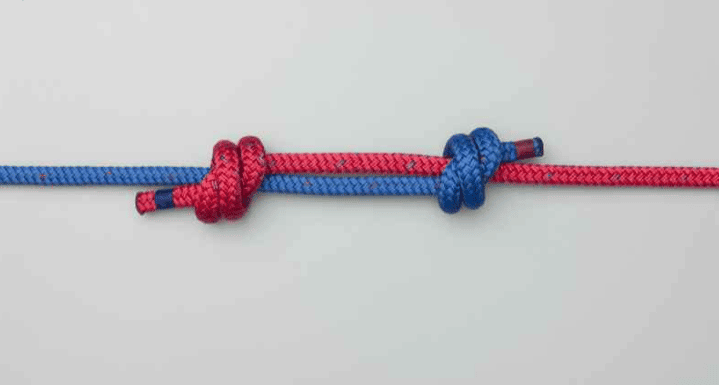
The double fisherman’s knot is a strong knot that can be used for many things, from tying fishing lines to attaching a climbing rope. The knot comes from its origins in fishing, originally used to tie two lengths of fishing lines together. The knot is also known as the grapevine knot due to its resemblance to a cluster of grapes. To tie the double fisherman’s knot, start by holding the two ends of the rope in each hand. Cross the ropes in the middle, and then tie an overhand knot with one end around the other. Next, take the end on top and run it under the bottom rope. Finally, pull both ends tight and trim any excess rope. When tied correctly, the double fisherman’s knot is incredibly strong and can be used for various purposes.
Figure Eight Knot
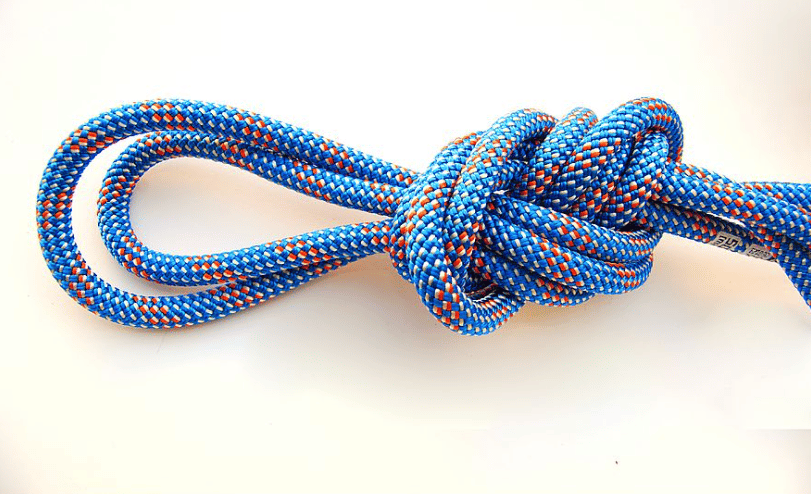
The figure eight knot is useful for climbers, boaters, and hikers. It’s strong, secure, and relatively easy to tie. The figure eight knot gets its name from the shape it creates when tied properly – a large loop with a smaller loop underneath, resembling the number 8. While it may look complicated, tying a figure eight knot is quite simple. First, take a length of rope and create a loop. Then, thread the rope’s end through the loop to form a second loop. Next, thread the rope’s end around the second loop. Pull the rope’s end through the first loop to complete the knot. The figure eight knot is an essential tool for anyone who enjoys outdoor activities. So next time you’re packing for a hike or getting ready to climb, tie a few figure eights!
Tautline Hitch Knot
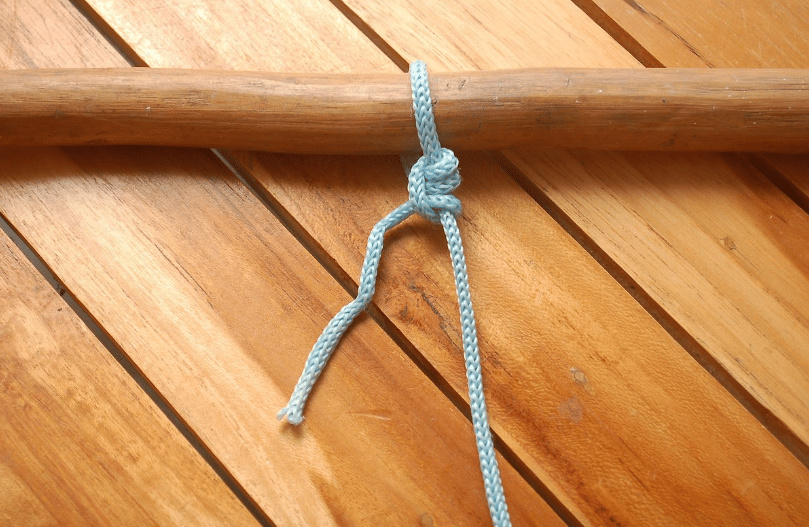
The tautline hitch knot is an adjustable knot that can secure a tent or tarp to a pole, tie down a load on a trailer, or even rig a pulley system. Most importantly, it is easy to tie and adjust, even under tension. The first step is to thread the rope around the object you tie it to and then make a loop. Next, take the rope’s end and pass it through the loop. Now pull the rope’s end tight, ensuring the loop is secure. In the final step, wrap the end of the rope around the standing part of the rope and tuck it underneath itself. This will create a friction point that will keep the knot from slipping. With a little practice, you can tie a tautline hitch knot quickly and easily.
Learn To Tie The Most Useful Knots!
There you have it! These are just a few of the most useful knots that any outdoors person should know. And while you may not use it every day, it’s always good to be prepared. So next time you’re packing for a hike or heading out on a camping trip, ensure you know how to tie these essential knots. And if you’re ever in a bind, don’t forget – a little knot-know-how can go a long way! So practice tying a few of these today. You never know when they might come in handy.


